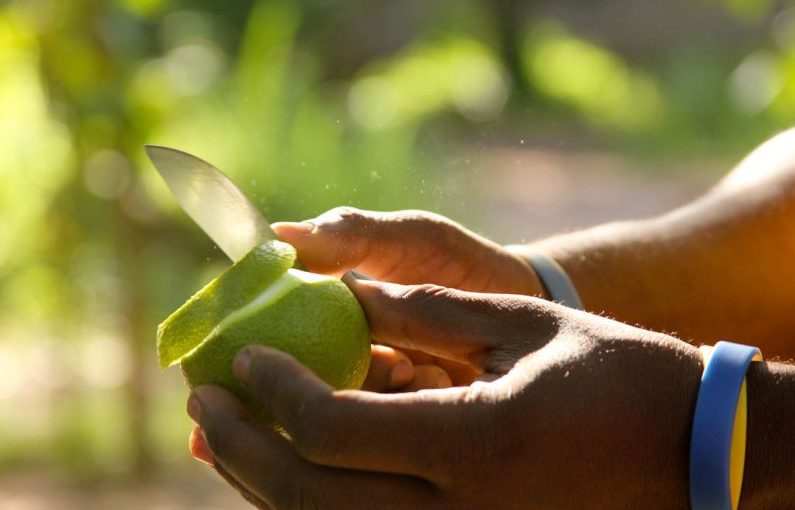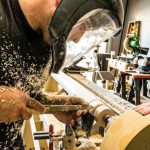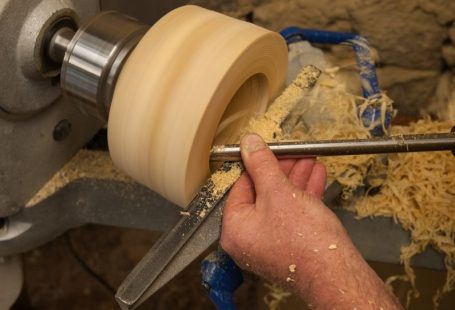When it comes to the art of carving, having the right tools is essential for achieving precision and finesse in your work. One of the most crucial tools for any carver is the carving knife. With a plethora of options available in the market, choosing the right carving knife that fits your needs can be a daunting task. From blade shape to handle material, there are various factors to consider before making a decision. In this article, we will delve into the key aspects to keep in mind when selecting a carving knife that aligns with your requirements.
Understanding the Different Blade Shapes
The first step in choosing a carving knife that suits your needs is understanding the different blade shapes available. Each blade shape is designed for specific carving tasks, and selecting the right one can significantly impact the outcome of your work.
Straight Blade: A straight blade is a versatile option that is ideal for making precise cuts and detailing work. It allows for controlled movements and is suitable for intricate designs and patterns.
Curved Blade: A curved blade is perfect for carving rounded surfaces and creating fluid, sweeping cuts. It is commonly used for carving bowls, spoons, and other concave shapes.
Hooked Blade: A hooked blade features a curved edge with a hooked tip, making it ideal for carving out small details and intricate patterns. It is commonly used in chip carving and whittling.
Choosing the Right Blade Material
The material of the blade plays a crucial role in determining the sharpness, durability, and maintenance of the carving knife. Different materials offer varying levels of sharpness and edge retention, so it is essential to select one that aligns with your carving needs.
Stainless Steel: Stainless steel blades are known for their corrosion resistance and durability. They are easy to maintain and retain their sharpness for an extended period, making them a popular choice among carvers.
High Carbon Steel: High carbon steel blades are known for their exceptional sharpness and edge retention. They are perfect for detailed carving work that requires precision and control. However, they are prone to rust, so proper maintenance is crucial.
Choosing the Right Handle Material
In addition to the blade, the handle of the carving knife plays a significant role in the comfort and ease of use during carving. The handle material should provide a secure grip and ergonomic design to prevent fatigue and enhance control over the knife.
Wood: Wooden handles are a popular choice among carvers for their aesthetic appeal and comfortable grip. They provide a natural feel and are ideal for prolonged carving sessions.
Plastic: Plastic handles are lightweight and durable, making them a practical choice for beginners or those looking for a low-maintenance option. They offer a secure grip and are resistant to moisture and wear.
Conclusion: Finding Your Perfect Carving Companion
Choosing the right carving knife that fits your needs is a process that requires careful consideration of various factors, including blade shape, material, and handle design. By understanding the different options available and assessing your carving requirements, you can select a carving knife that complements your skills and enhances your carving experience. Whether you are a seasoned professional or a novice carver, finding the perfect carving companion will elevate your craft and bring your creative vision to life.





